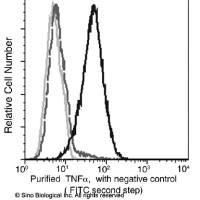Here we describe two Neurobiotin electroporation techniques for combined analysis of neuronal structure and function in 300-μm-thick brain slices during development, using mouse hypoglossal (XII) motoneurons as a model. Individual neurons were studied with patch electrodes either in semi-loose (R ∼50–300 MΩ) or in tight-seal (GΩ) configurations. The semi-loose seal allows prolonged recording of spontaneous (if present) or evoked (by voltage steps or extracellular K+ ) spiking. In tight seal, the cell membrane is first broken down with voltage pulses (50–100 mV). Resulting pore formation in tight-seal mode allows for the stable recording of spontaneous or evoked postsynaptic potentials or currents and the passage of Neurobiotin without spillover into the adjacent cells. With either configuration, Neurobiotin electroporation is achieved by passing 500-ms pulses at 1 Hz (5–25 mV equivalent of ∼300–500 pA) for ∼5 min. Labelling quality of recovered cells is similar between the two configurations; however, the recovery rate of labelled neurons is higher with the semi-loose method. The efficiency and reliability of the semi-loose seal makes it particularly suitable for the serial recording and labelling of multiple neurons within the same preparation. Using semi-loose-seal and tight-seal configurations in combination can increase efficiency and data collected per preparation.






